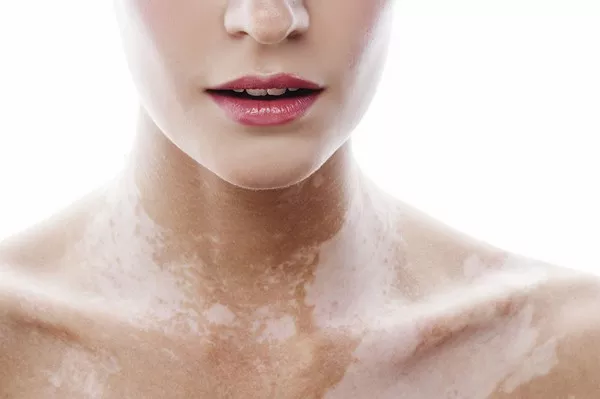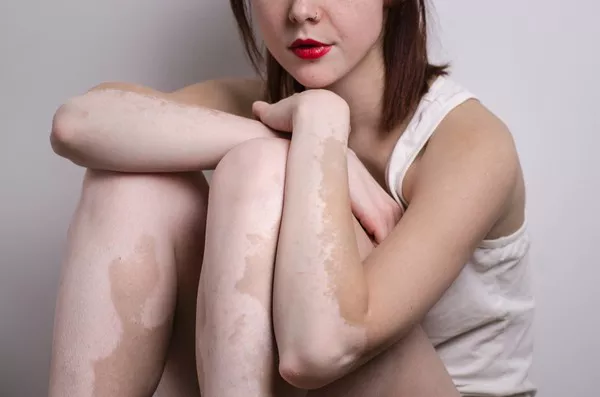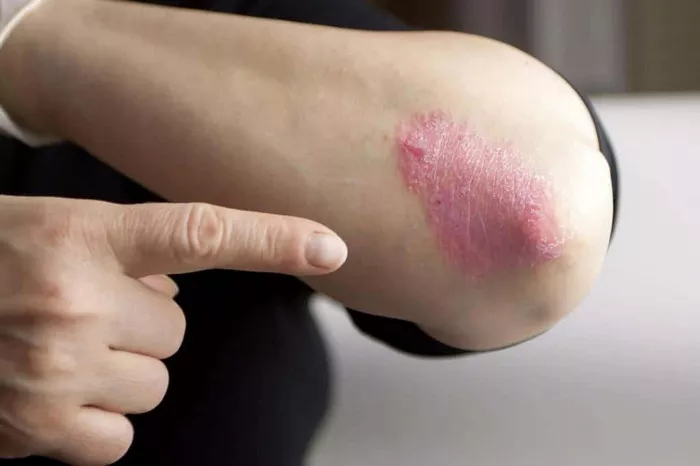Vitiligo is a chronic skin condition characterized by the loss of pigment in certain areas of the skin, resulting in contrasting white patches. While the exact cause of vitiligo remains unclear, it is believed to be an autoimmune disorder in which the body’s immune system mistakenly attacks and destroys melanocytes, the cells responsible for skin pigmentation. One of the primary concerns for individuals with vitiligo is preventing the spread of the condition. This article explores various strategies and treatments that may help in halting the progression of vitiligo.
Understanding Vitiligo and Its Progression
Vitiligo affects approximately 1% of the global population, manifesting in various forms and severities. The progression of vitiligo can be unpredictable, with some individuals experiencing stable patches that do not change over time, while others see a rapid spread of the condition. Understanding the factors that influence vitiligo’s spread is crucial in managing and potentially halting its advancement.
1. Medical Treatments
Topical Corticosteroids
Topical corticosteroids are often prescribed as the first line of treatment for vitiligo. These medications help reduce inflammation and suppress the immune response that targets melanocytes. By decreasing inflammation in the affected areas, topical corticosteroids may slow down or halt the spread of vitiligo. It is essential to use these medications under the guidance of a healthcare professional to minimize potential side effects and ensure their effectiveness.
Calcineurin Inhibitors
Calcineurin inhibitors, such as tacrolimus and pimecrolimus, are another class of topical medications used to treat vitiligo. These drugs work by suppressing the immune system’s activity, thus reducing the autoimmune response against melanocytes. They are particularly useful for areas with sensitive skin, like the face and genitals. While they may not completely stop vitiligo from spreading, they can help in stabilizing the condition in many cases.
Phototherapy
Phototherapy, or light therapy, involves exposing the skin to ultraviolet (UV) light under medical supervision. Narrowband UVB phototherapy is one of the most effective treatments for vitiligo, helping to repigment the skin and potentially halt the spread of the condition. By stimulating the remaining melanocytes and encouraging repigmentation, phototherapy can slow down or stop the progression of vitiligo. Regular sessions are often required, and patients should follow their healthcare provider’s recommendations for optimal results.
Systemic Treatments
In more severe cases of vitiligo, systemic treatments such as oral corticosteroids or immunosuppressants may be prescribed. These medications work internally to suppress the immune response and reduce the overall progression of the condition. However, systemic treatments are usually reserved for more aggressive cases due to their potential side effects and the need for careful monitoring.
Lifestyle and Environmental Factors
Sun Protection
Sun exposure can exacerbate vitiligo and contribute to the spread of the condition. Individuals with vitiligo should take proactive measures to protect their skin from UV radiation. Using sunscreen with a high SPF, wearing protective clothing, and avoiding excessive sun exposure can help prevent further damage to the skin and reduce the risk of vitiligo spreading. Sun protection is crucial, especially for individuals undergoing phototherapy, as their skin may be more sensitive to UV light.
Stress Management
Stress is believed to play a role in the onset and progression of vitiligo. While the exact mechanisms are not fully understood, managing stress through relaxation techniques, regular exercise, and mental health support may help in stabilizing the condition. Incorporating stress-reducing practices into daily life can potentially contribute to halting the progression of vitiligo.
Diet and Nutrition
While there is no specific diet to cure or halt vitiligo, maintaining a balanced and nutritious diet can support overall skin health and immune function. Including foods rich in antioxidants, vitamins, and minerals may help in managing the condition. Additionally, some studies suggest that certain dietary supplements, such as vitamin D and vitamin B12, may have a beneficial effect on vitiligo, although more research is needed to confirm their efficacy.
SEE ALSO: What is Vitiligo Hair?
Emerging Treatments and Research
Laser Therapy
Laser therapy is an emerging treatment option for vitiligo. Different types of lasers, such as excimer lasers, are used to target and stimulate pigment production in affected areas. Laser therapy can help in repigmenting the skin and may prevent the spread of vitiligo by encouraging the reactivation of dormant melanocytes. Research is ongoing to determine the long-term effectiveness of laser therapy in managing vitiligo.
Cell-Based Therapies
Recent advancements in cell-based therapies offer new hope for vitiligo treatment. Techniques such as melanocyte transplantation involve taking pigment-producing cells from unaffected areas and grafting them onto vitiligo patches. These innovative approaches aim to restore pigmentation and stop the spread of vitiligo. While still in the experimental stages, cell-based therapies have shown promising results in clinical trials.
Gene Therapy
Gene therapy is an exciting area of research with the potential to revolutionize vitiligo treatment. By targeting specific genes associated with vitiligo, researchers aim to correct the underlying genetic mutations responsible for the condition. Although gene therapy is not yet available as a standard treatment, ongoing research holds promise for future breakthroughs in managing and halting vitiligo.
Support and Psychological Well-Being
Vitiligo can have a significant psychological impact on affected individuals, affecting self-esteem and quality of life. Seeking support from mental health professionals, support groups, and counseling can be beneficial in managing the emotional aspects of the condition. Addressing the psychological impact of vitiligo is an essential component of a comprehensive treatment plan.
Conclusion
Halting the spread of vitiligo involves a multifaceted approach that includes medical treatments, lifestyle adjustments, and ongoing research. While there is no definitive cure for vitiligo, various strategies can help manage and potentially slow down the progression of the condition. Consulting with a healthcare provider and staying informed about the latest advancements in vitiligo treatment are crucial steps in effectively managing and halting the spread of this chronic skin condition. Through a combination of medical interventions, lifestyle modifications, and psychological support, individuals with vitiligo can work towards achieving better control over their condition and improving their overall well-being.
Related Topics:



























